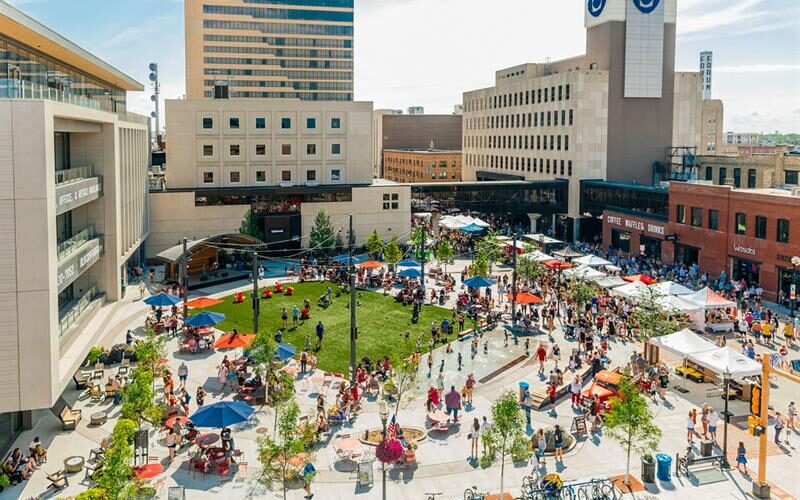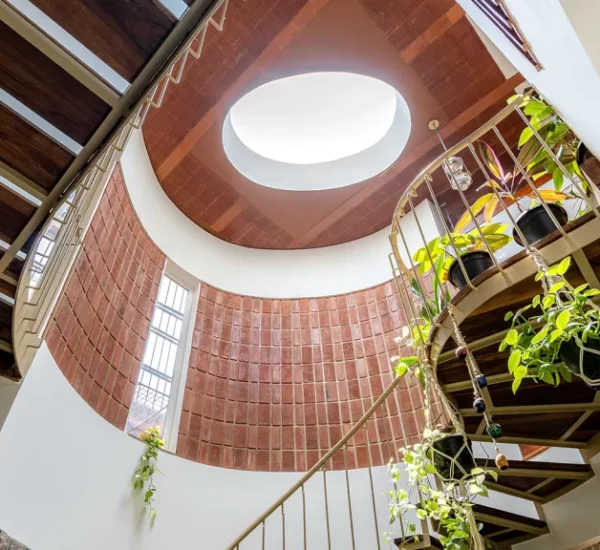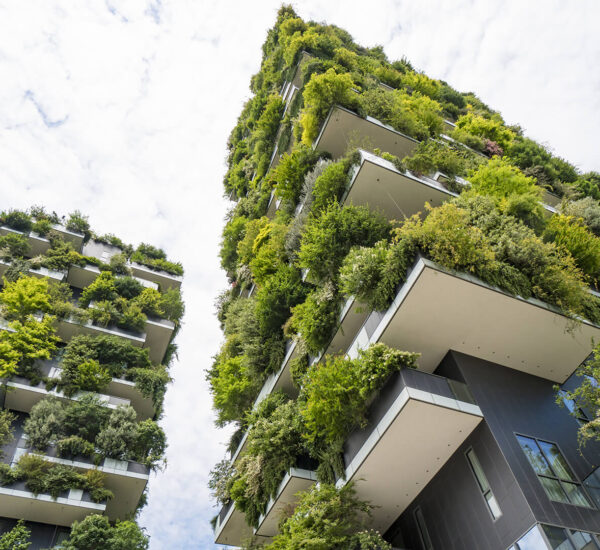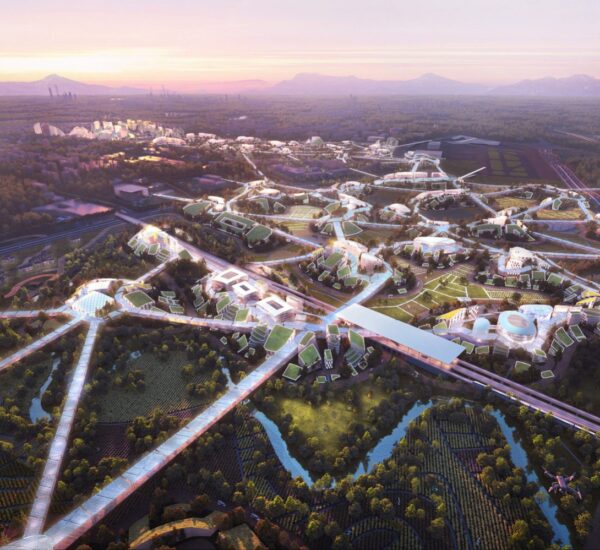Architecture isn’t just about creating buildings; it’s about shaping the environments where people live, work, and interact. The spaces we inhabit deeply influence the way we connect with each other, build relationships, and foster a sense of belonging. In today’s world, where urbanization continues to rise, the role of architecture in creating community spaces is more critical than ever. Architects have the power to design environments that bring people together, encourage interaction, and cultivate a sense of community. In this post, we explore how thoughtful architectural design can strengthen social bonds and create spaces that foster connection, collaboration, and inclusivity.
1. Public Spaces as Social Hubs
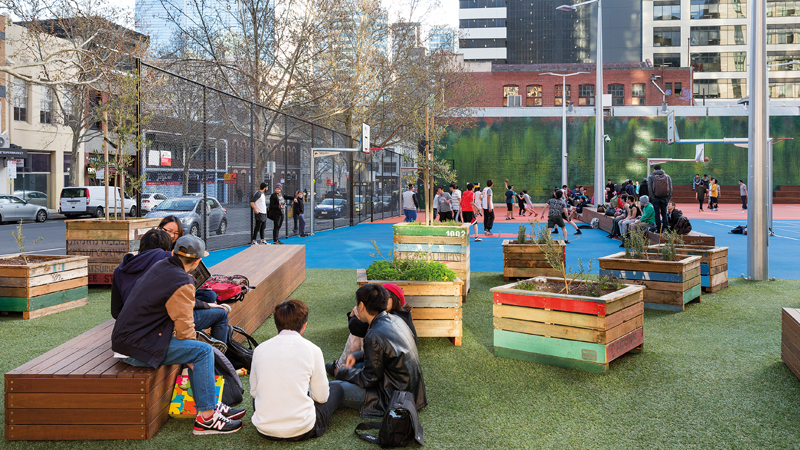
Public spaces like parks, plazas, and squares have always been central to the concept of community. These spaces serve as gathering points for people from all walks of life, providing opportunities for social interaction, recreation, and civic engagement. Good public space design encourages people to meet, converse, and collaborate.
- Designing for Interaction: A well-designed public space invites interaction through features like open seating areas, pathways that encourage movement, and elements that invite play and engagement. Public spaces should be accessible, safe, and welcoming to all members of the community, regardless of age, background, or ability.
- Creating a Sense of Place: Successful public spaces often have a strong sense of identity—something that makes them memorable and meaningful to the people who use them. Local culture, history, and natural surroundings can all inform the design of a space, making it feel connected to its community and creating a sense of ownership among its users.
- Notable Examples: One of the most famous examples of a public space designed to foster community interaction is New York City’s Central Park. With its vast lawns, walking paths, and areas for sports and leisure, it has long served as a social gathering place. Similarly, the Piazza del Campo in Siena, Italy, is an open space designed for public events, fostering interaction and connection within the heart of the city.
2. Creating Spaces for Social Interaction: Mixed-Use Developments
Mixed-use developments are an increasingly popular trend in urban architecture, combining residential, commercial, and recreational spaces into one cohesive environment. These developments encourage interaction by placing people from different walks of life in close proximity to one another, making it easier for neighbors to connect and collaborate.
- Blurring the Lines Between Home and Work: By integrating homes, offices, shops, and community centers into a single space, mixed-use developments reduce the need for long commutes, creating an environment where people are more likely to encounter and engage with others. These spaces encourage a blend of activities, promoting social interaction and the development of shared interests.
- Designing for Flexibility: In mixed-use developments, spaces must be adaptable to meet the changing needs of the community. For example, a common area might serve as a place for relaxation during the day but transform into a venue for community events in the evening. Flexible spaces allow for various activities, fostering a dynamic and interactive community atmosphere.
- Notable Examples: In cities like Barcelona, mixed-use developments are part of the urban fabric, with areas like the Eixample district designed to blend residential, commercial, and public spaces. These developments encourage vibrant street life and community engagement. Similarly, the King’s Cross development in London combines offices, apartments, restaurants, and public spaces, creating an environment where people from different backgrounds can interact and collaborate.
3. Community Centers as Catalysts for Connection
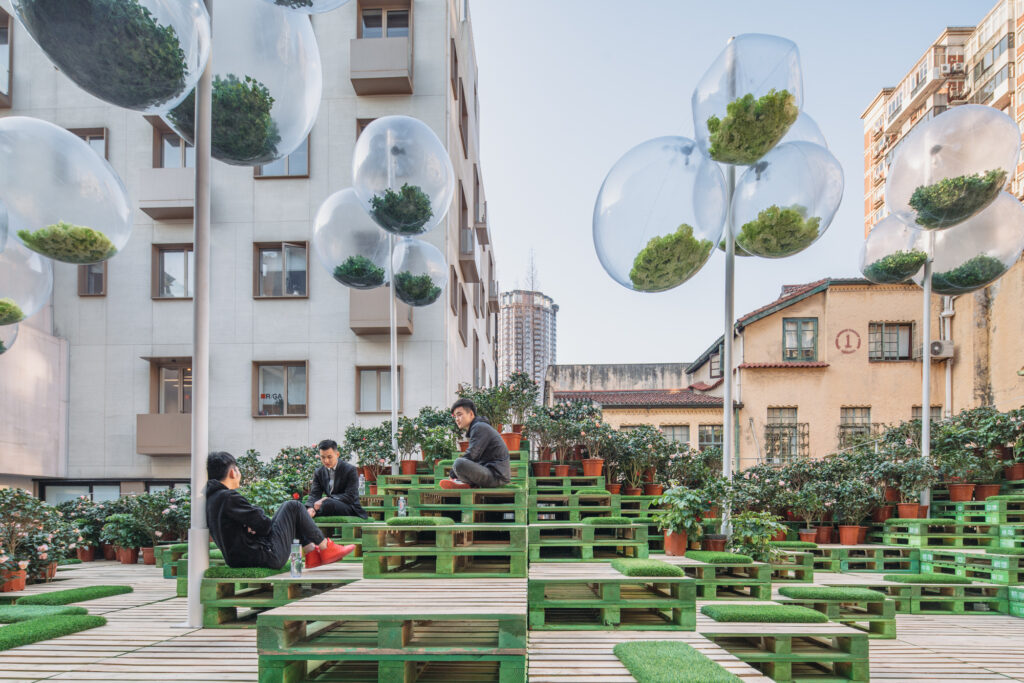
Community centers play a pivotal role in providing spaces where individuals can come together to share experiences, participate in activities, and form social bonds. These spaces can include facilities for education, recreation, meetings, and events, making them essential hubs for social life in both urban and rural settings.
- Encouraging Inclusivity: A well-designed community center is open to everyone, regardless of age, socioeconomic status, or background. By offering programs that cater to a diverse range of interests, community centers help bridge social divides and create an environment where people can find common ground and build relationships.
- Designing for Engagement: Effective community centers are designed to be adaptable, with spaces that can accommodate a variety of events and activities, from classes and workshops to social gatherings and celebrations. Large, open areas for group activities, as well as smaller rooms for more intimate meetings, ensure that the space can meet the needs of all users.
- Notable Examples: The Ryerson Community Centre in Toronto, Canada, is a great example of a community center that promotes connection through design. It offers a wide variety of programs for people of all ages, providing a space where individuals can engage in everything from fitness classes to cultural events. The design of the center encourages social interaction through open, flexible spaces and areas that promote both individual and group activities.
4. Fostering Connection Through Shared Spaces in Residential Design
Residential architecture plays a significant role in building community, especially in multi-family housing. The design of shared spaces—such as courtyards, gardens, and communal areas—can encourage interactions between neighbors, helping foster a sense of belonging and togetherness.
- Designing for Neighborly Interaction: In apartment buildings or residential communities, shared spaces like lounges, rooftop gardens, and community kitchens offer residents opportunities to meet and interact in informal settings. When designed thoughtfully, these spaces can break down social barriers, encouraging residents to engage with one another and develop friendships.
- Creating Opportunities for Collaboration: Shared spaces also create opportunities for collaboration. A shared workspace, for instance, can encourage neighbors to come together for professional or creative projects, while community gardens can provide a common interest that brings people together with a shared purpose.
- Notable Examples: In the Venn Living project in London, the design of the residential community prioritizes shared spaces for its residents, including a communal rooftop garden and a central courtyard. These spaces are designed not only for relaxation and leisure but also to encourage interaction and collaboration among the community members.
5. Designing for Accessibility and Inclusivity
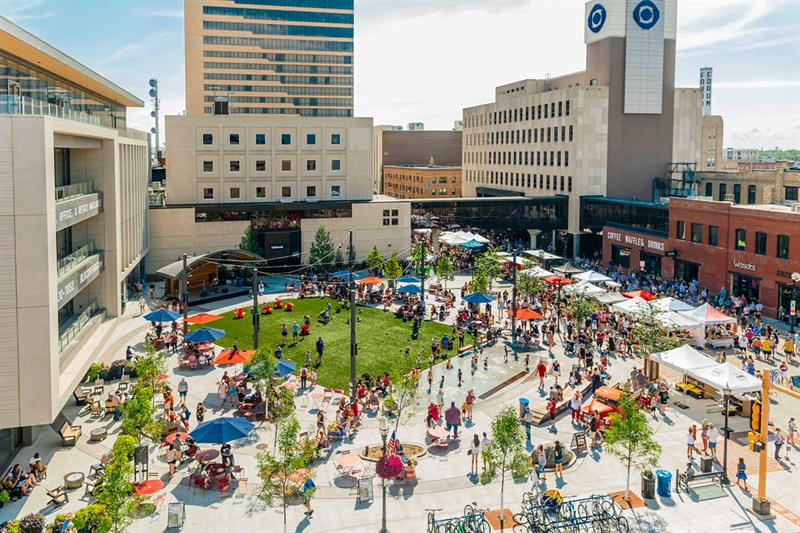
Creating spaces that cater to all members of the community, regardless of their physical abilities or socioeconomic background, is crucial in fostering an inclusive environment. Architecture must ensure that everyone, from the elderly to those with disabilities, has equal access to community spaces.
- Universal Design: Universal design principles focus on creating environments that are usable by all people, regardless of their abilities. This includes ramps, wider doorways, accessible signage, and adaptable furniture. The goal is to create spaces that are not only physically accessible but also welcoming and inclusive.
- Public Engagement: Architects can involve the community in the design process to ensure that the space reflects the needs and desires of its users. This approach not only ensures that spaces are accessible but also empowers people to take ownership of their environment.
- Notable Examples: The High Line in New York City is a prime example of an inclusive public space. Originally an abandoned railway track, it has been transformed into an accessible park and green space for people of all abilities. Ramps, elevators, and wide paths ensure that the space can be enjoyed by everyone, regardless of mobility challenges.
6. Cultural Spaces that Reflect Diversity
Architectural design can also celebrate cultural diversity by creating spaces that reflect the rich history and traditions of the community. These spaces not only foster a sense of pride and identity but also promote cross-cultural dialogue and understanding.
- Celebrating Identity: Cultural centers, museums, and public art installations can be designed to reflect the heritage and values of the community. By incorporating local materials, traditional architectural elements, and public art, these spaces can serve as reminders of shared history and help preserve cultural traditions.
- Encouraging Dialogue: Cultural spaces provide opportunities for people from different backgrounds to come together, learn about each other’s traditions, and engage in meaningful conversations. These spaces can host cultural events, performances, and educational programs that encourage community members to share and appreciate diverse perspectives.
- Notable Examples: The Smithsonian Institution in Washington, D.C., and the National Museum of African American History and Culture are examples of cultural spaces that celebrate diversity and promote dialogue. Their architectural designs reflect the rich history and culture of the communities they represent while also serving as welcoming spaces for people of all backgrounds.
Conclusion
Architecture is a powerful tool for shaping the social fabric of communities. Whether through public parks, mixed-use developments, community centers, or inclusive residential designs, thoughtful architectural choices can foster connection, promote inclusivity, and help build strong, vibrant communities. As cities continue to grow and evolve, the role of architecture in creating spaces for people will remain a vital element in cultivating social bonds, encouraging collaboration, and ensuring that everyone has a place where they feel they belong. By designing with people in mind, architects have the opportunity to not only shape physical spaces but also the social connections that make those spaces come alive.

